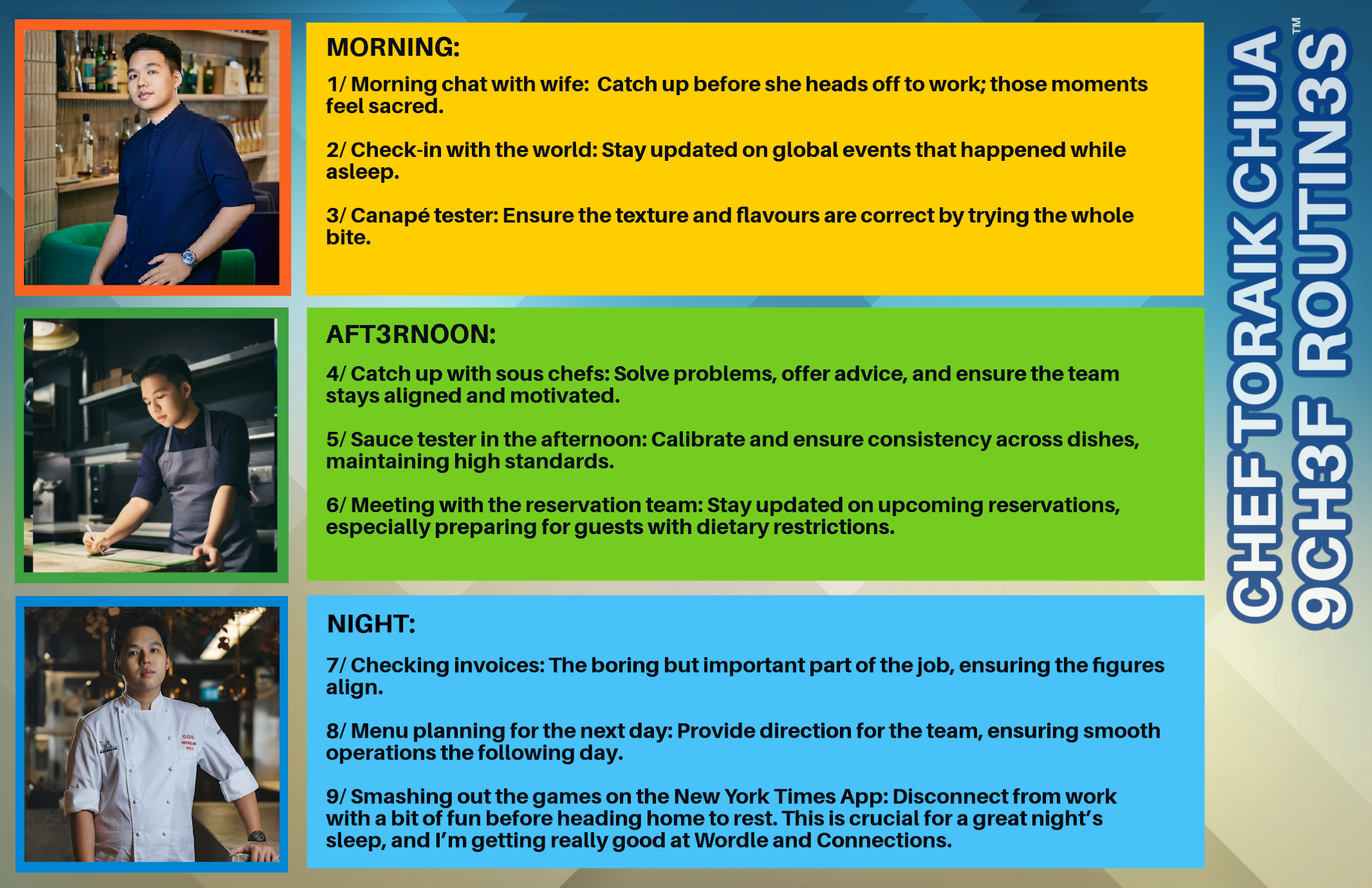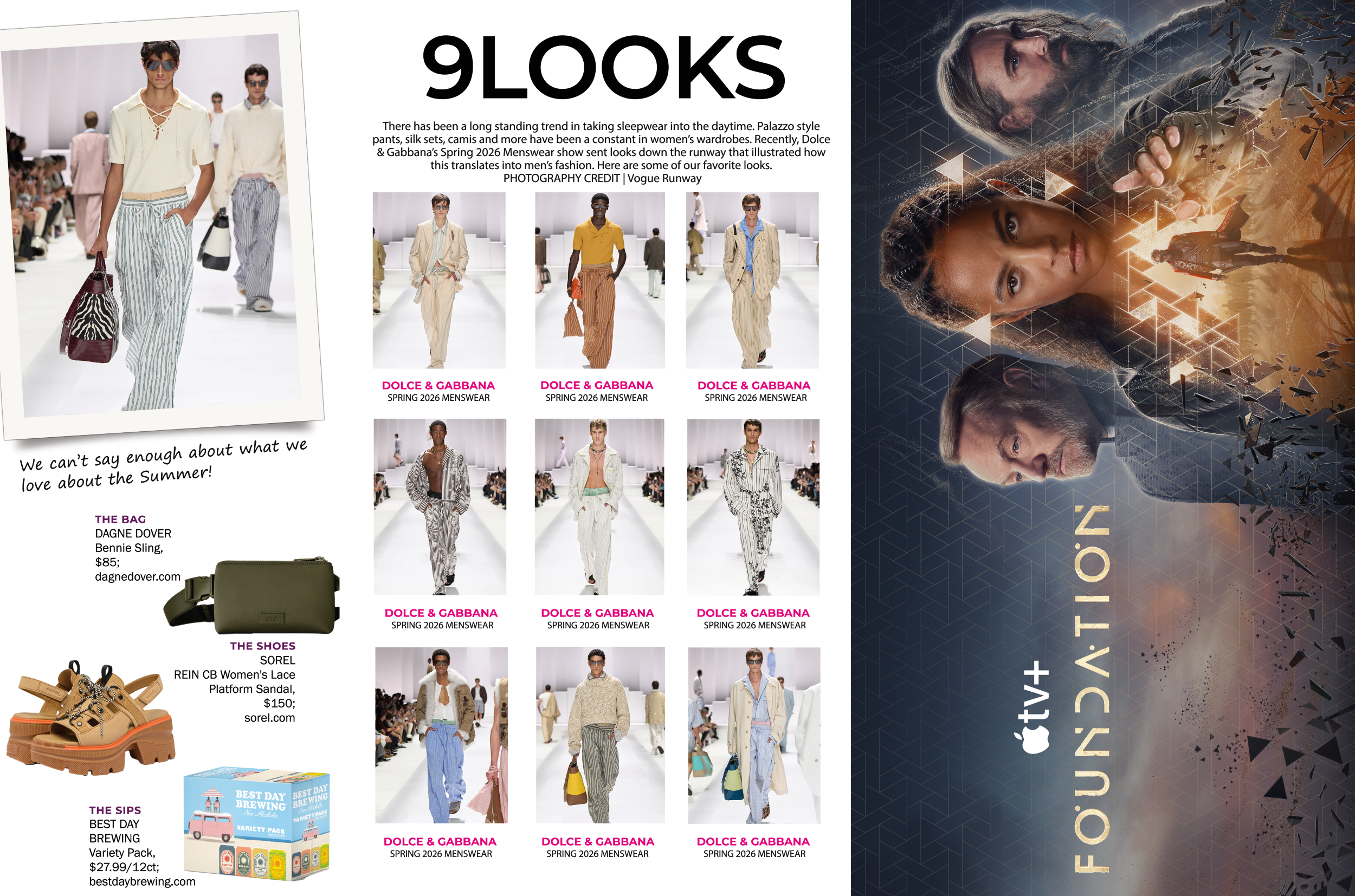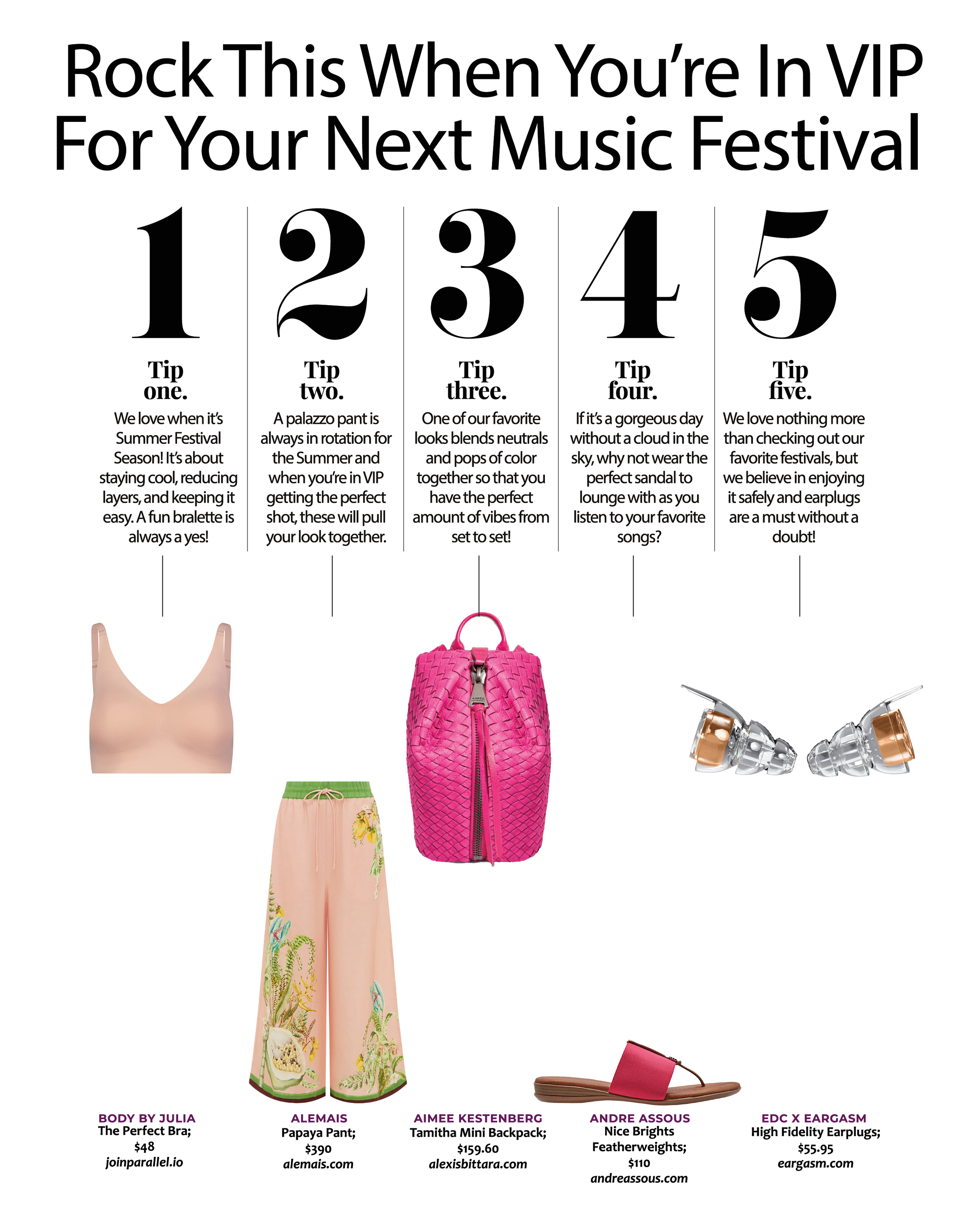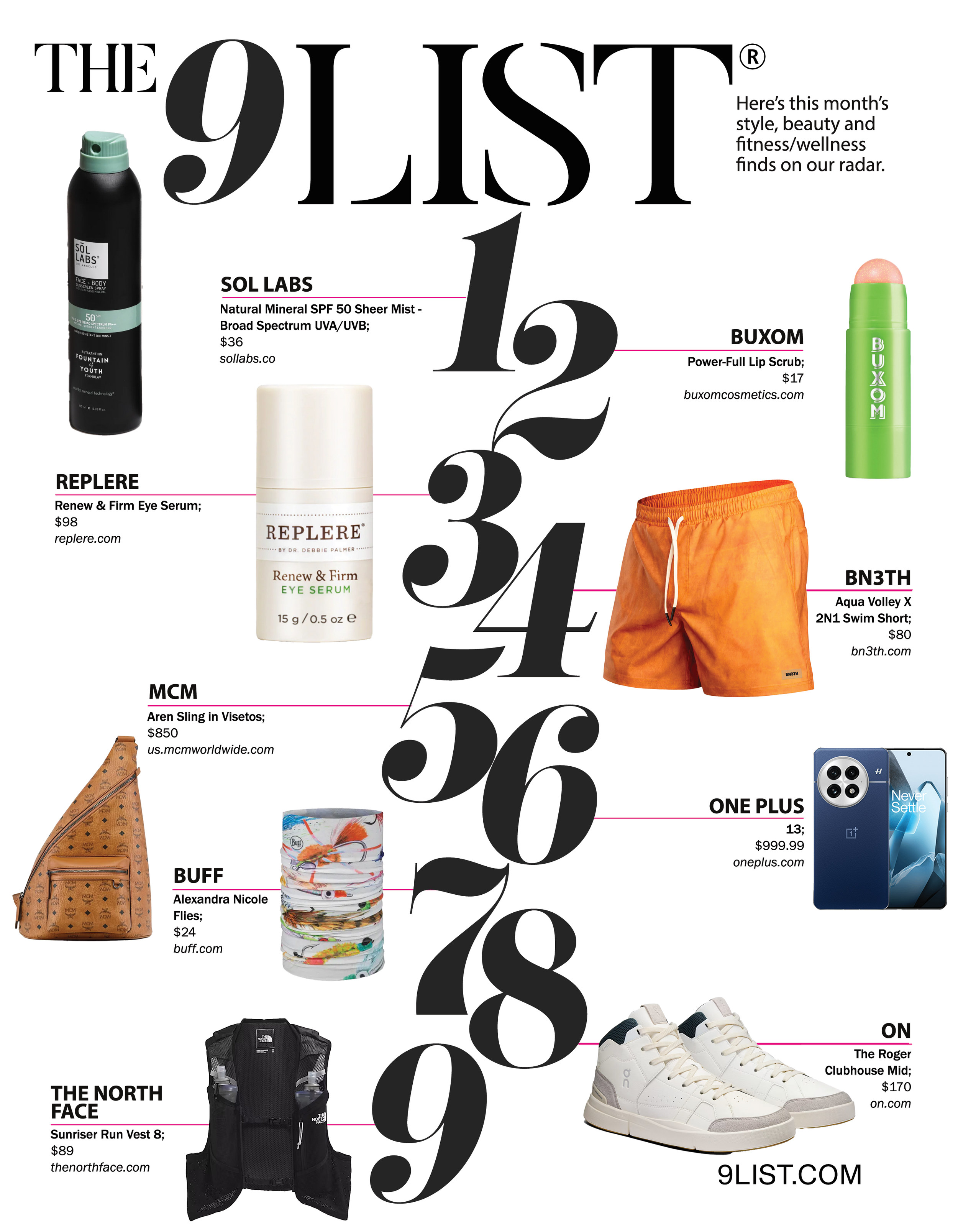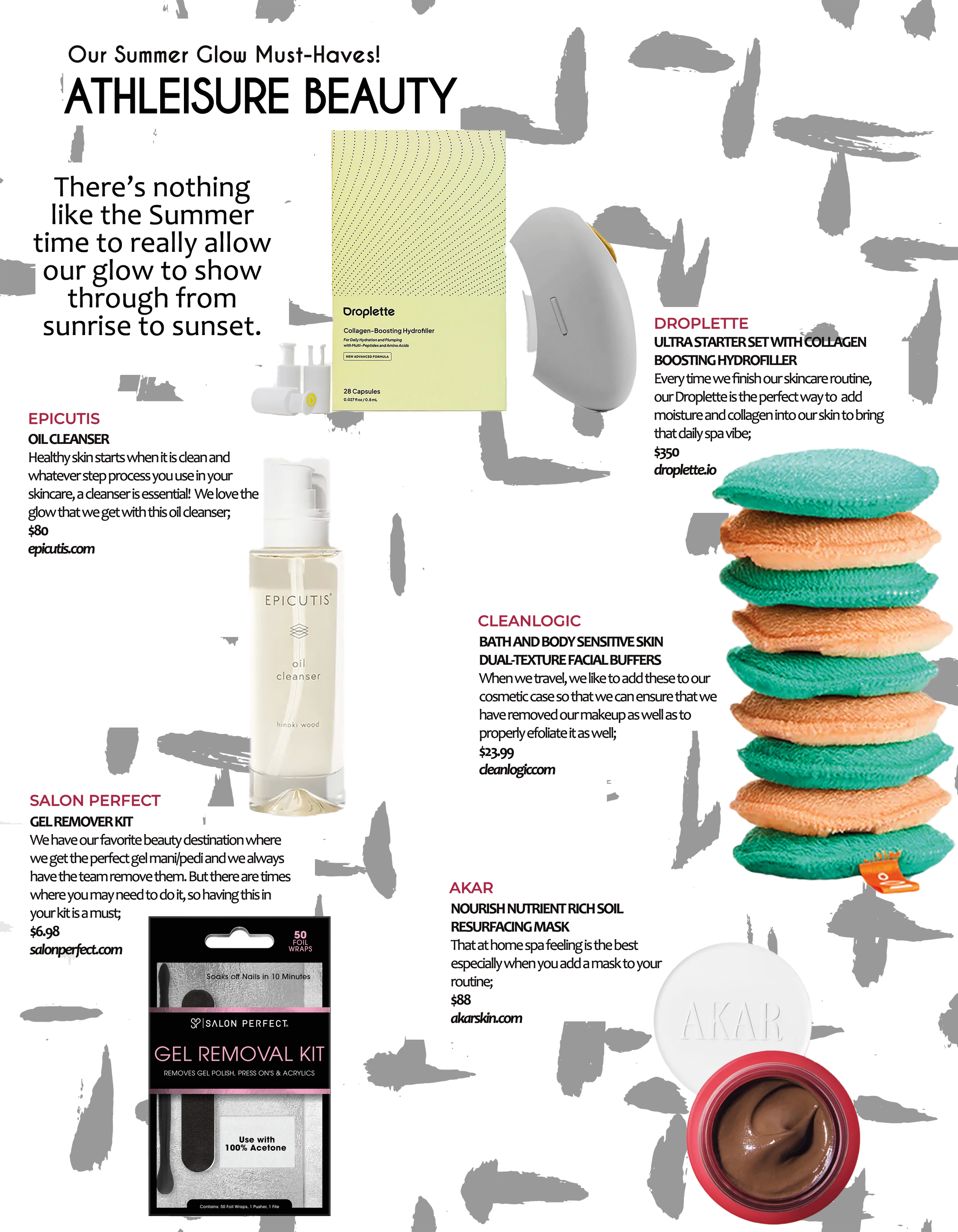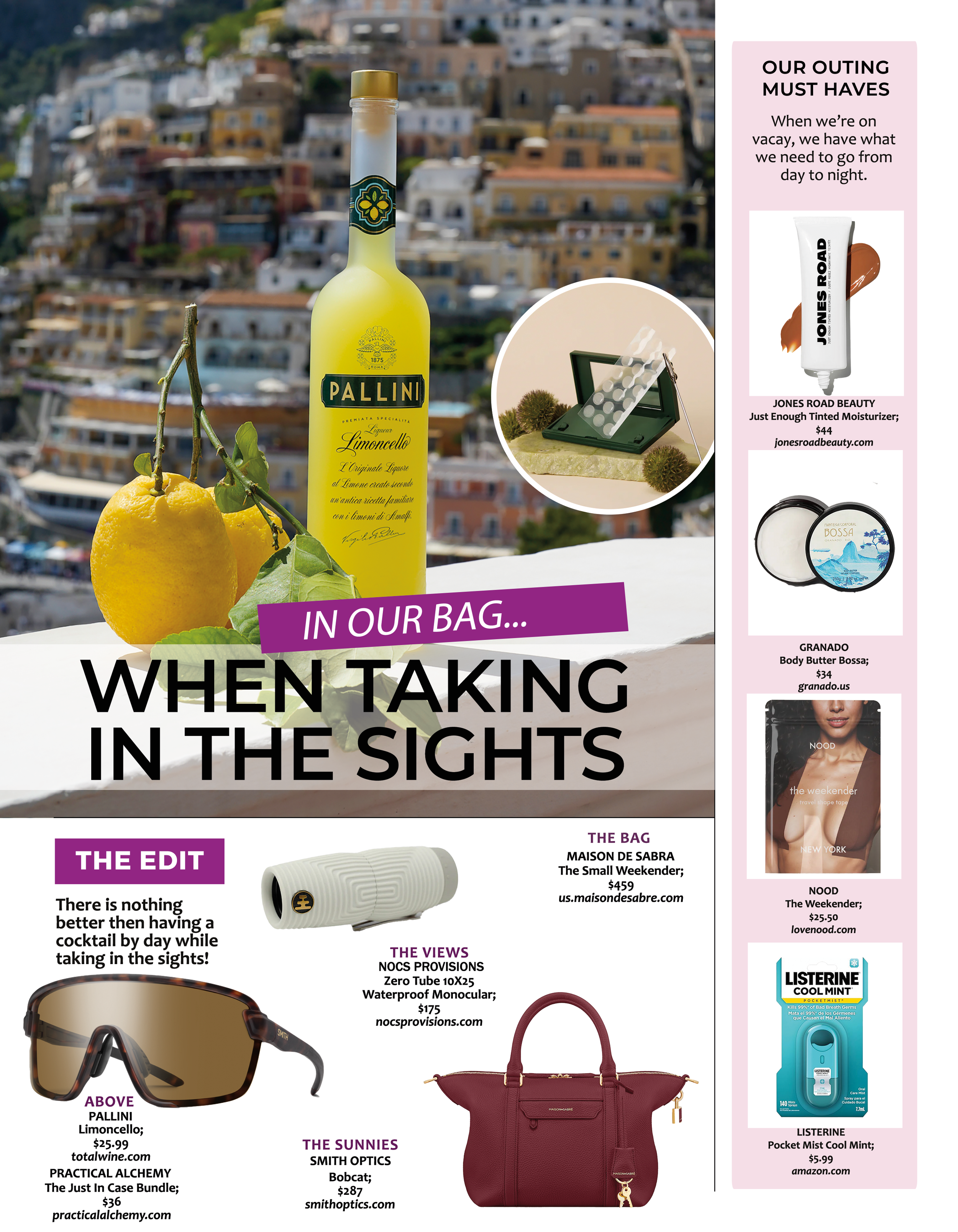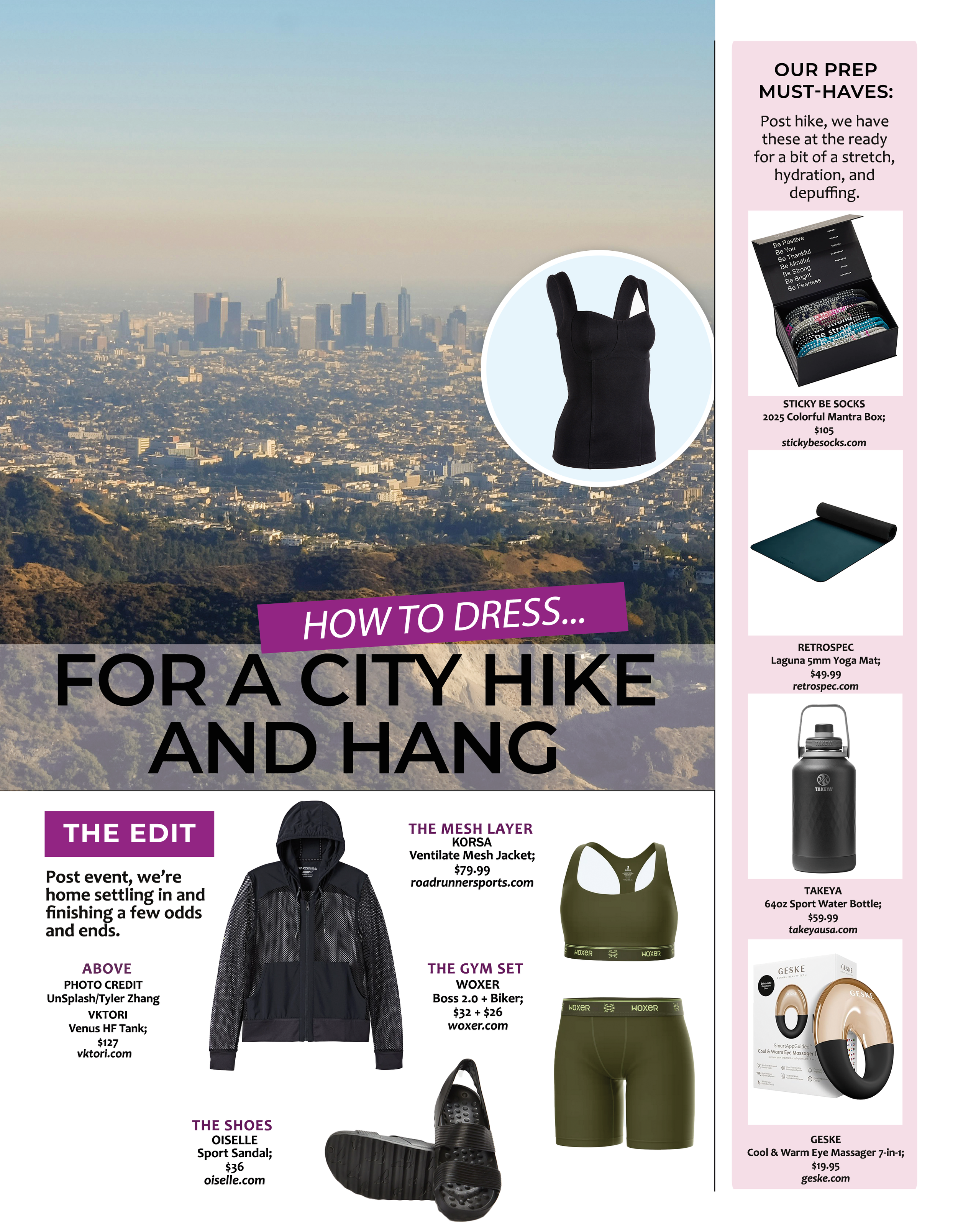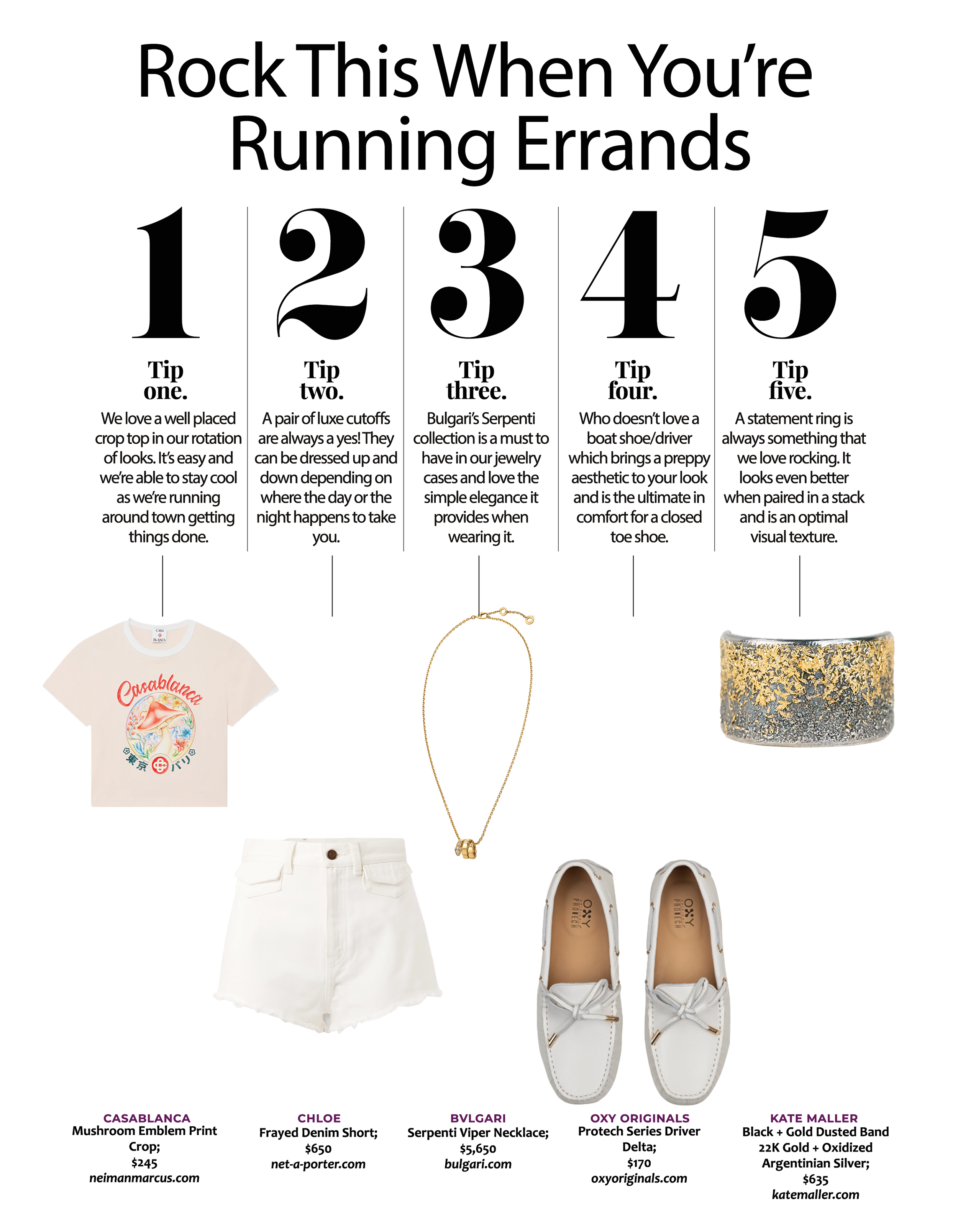Read the JUL ISSUE #115 of Athleisure Mag and see 63MIX ROUTIN3S | Tyson McGuffin in mag.
PHOTO CREDIT | Unsplash/Sanibell BV
BUILDING YOUR NATURAL MEDICINE CABINET: WHAT TO BROWSE AND WHY IT MATTERS
Now the world is moving towards a beneficial approach and plant-based supplements, which make the natural medicine cabinet a growing niche and a mainstream movement. In the past, over-the-counter painkillers and artificial sleeping aids were the only remedies to solve the problem, but now people are moving towards natural remedies. The forefront of such remedies is plant concentrates such as cannabis carts and hemp oil.
People who start creating a natural medicine cabinet should remember that it is not only about stockpiling medicines but also about knowing what to find, what matters a lot and how to use such products. Whether you need to find carts to relieve anxiety, improve sleep and daily wellness, you must browse the cart selection to know which will suit your lifestyle.
Further, we will explore how you can build a wellness cabinet, focus on vape, plant strains and hemp oil, as well as what you must consider while browsing.
Understanding the Concept of a Natural Medicine Cabinet
The idea of a natural medicine cabinet refers to the stockpiling of products made from plants, herbs and other natural sources to address different kinds of health needs such as swelling, stress, insomnia and mood swings.
This modern version is not just about using vitamins and essential oils; it is about cannabinoid rich vape, tinctures, hemp oil, herbal tea and aromatherapy blends. Simply, you must create a customised, non-synthetic toolkit to fulfil the body's needs naturally and more effectively.
Why Vape Carts Deserve a Spot in Your Wellness Arsenal
Many tools are famous in natural medicine cabinets, but the most appealing is vape cartridges filled with hemp extracts such as THCA, CBD and delta 8. Carts are compact and provide fast relief from stress, sudden pain and insomnia.
Browsing of cart selection allows you to check the functions, flavour and formulation of vape carts. Some carts provide calming effects and relaxation, while some carts improve focus, reduce inflammation and support better sleep.
Vape carts are quick and convenient to use, which makes them a superb choice for people who want immediate support without waiting for a long time. Also, people looking for digestion-based absorption should consider oils and capsules.
Hemp Oil: A Foundational Wellness Staple
Vape carts provide instant relief while hemp oil offers continuous and versatile relief that supports your body and health. Hemp oil has omega-3 and omega-6 fatty acids in high amounts, as well as antioxidants and Phyto-cannabinoids. Hemp oil can:
● Decrease chronic swelling
● Support the health of the brain and heart
● Balance hormones and mood
● Improve the health of skin and joints
Full-spectrum oil has many useful cannabinoid and terpenes profiles, which work to improve entourage effects and overall benefits of hemp oil.
You may use the oil under the tongue, or you may also add it to coffee or a smoothie. Moreover, you may apply oil topically to provide relief on a localised point. Remember, hemp oil is an adaptable and functional tool to add to a natural medicine cabinet.
Carts vs. Hemp Oil: When to Use Each
Vape carts and hemp oil provide value and benefits in your daily health routine by fulfilling your needs. There are several essential accessories for a relaxed and modern lifestyle, other than these, but let's take a look at both of these.
You may use carts when:
• You want instant relief from anxiety, stress and pain
• You want to improve your sleep
• You need microdosing efficiently
• You have to manage mood swings and need clarity as well as focus
You may use hemp oil when:
• You have to build a regular health routine
• You don’t want to use non-inhalable products
• You have to deal with chronic swelling, digestive issues and hormonal imbalance
• You need to get a smooth and sustained cannabinoid effect
The combination of both these tools may provide a layered approach to health which supports instant relief and long-term benefits.
Building a Well-Rounded Natural Medicine Cabinet
Don’t put dozens of medicines and products in your natural medicine cabinet; you must consider quality over quantity. Ensure to research different quality natural products designed for different purposes. Some natural medicines are:
Relaxation Cart – To improve calming effects and sleep at night, as well as to relieve stress during the day, you must consider a THCA and CBD cart with a high terpene profile. Focus or Uplift Cart – To improve creativity and productivity, a daytime cart with terpenes such as limonene is good to go.
Pain Relief Cart – To ease your joint pain and physical stress, consider a delta 8 or hybrid cart.
Full-Spectrum Hemp Oil – This cart is a good option for a regular wellness routine, hormonal imbalance and swelling.
Topical Balm or Roll-On – To relieve your muscles and skin irritation, consider topical balm with infused hemp extracts.
THCA Flower or Capsules – People looking for non-vape products with full plant benefits should consider it.
All these products have different roles; vape carts are reactive, while hemp oil is preventive. However, the combination of both these products makes the natural toolkit powerful.
What to Look for When You Browse Cart Selection
With the growth and expansion of the market, browsing cart selection is the most challenging task if you are unaware of what to look for. Some tips to browse your cart selection are:
Cannabinoid Profile
Identify the main cannabinoid in the cart. People who want non-intoxicating benefits should consider CBD and THCA carts. However, people who want mild psychoactive benefits should consider delta 8 and delta 9 carts. Remember, each cannabinoid has different interactions with the body, so you must know what your preferences are.
Terpene Content
Terpenes play a main role in providing the therapeutic benefits of a cart. People who want relaxing effects should consider terpenes such as myrcene, caryophyllene and linalool. However, to enhance mood and clarity, you must consider pinene and limonene.
Ingredient Transparency
Reliable brands always focus on third-party lab testing, accurate ingredients and batch testing. Never choose the carts with artificial additives, flavoured thinning agents such as vitamin E acetate and propylene glycol, as both these agents are harmful during vaporisation.
Hardware Quality
A supreme quality cart is made of ceramic coils, a BPA-free mouthpiece and a leak-resistant design. The hardware of the cart is not only impactful on performance but also affects the purity.
Intended Effect
When browsing cart selection, ensure to check the therapeutic benefits. Most of the brands offer carts with labels such as calm, focus, relief and sleep, which help buyers to know which one is according to their needs.
Understand Safety Concerns, Side Effects and Interactions
As the usage of natural health products continues to grow in our society, plant-based solutions like hemp oil, THCA concentrates, and vape carts come with some potential side effects as well. You have to focus on the interactions with your body if you are using these products and have some major health conditions. However, experts claim that these products are safe for adults, but there are some safety concerns that you need to keep in mind.
Possible Side Effects
Mostly, users might experience dizziness, dry mouth, or fatigue after using vape carts and hemp oil. The reason for these side effects is that high concentrations of THC in these products can cause fatigue and a higher heart rate in sensitive people.
Interactions with Other Medicines
CBD or cannabinoids can easily interact with medicines, for example, anti-depressants, blood thinners or pain relievers. That is why you must consult with the doctor before adding any of these products to your daily routine.
Breastfeeding in Pregnancy
Most experts suggest quitting the use of hemp or cannabinoids during pregnancy or breastfeeding, as plant-based medicines can react negatively in your postpartum phase.
The Shift Toward Natural Wellness – Why Does it Matter?
The fame of hemp products is not considered a trend, but rather reflects the changing values of customers. Many consumers prefer to choose natural products instead of synthetic drugs, as well as preventive tips, compared to reactive supplements and education over impulse.
With the expansion of the wellness era, people look for control over health. This control refers to the products that you consume, how these products are made and for what purpose such products are designed. Your medicine cabinet reflects all this information and serves as the tool to heal, energise and balance.
Conclusion:
Don't think you have created the natural medicine cabinet, and it's over. It's a continuous process that reflects lifestyle, preferences and health goals. With the continuous browsing of cart selection, experiencing new strains and adding hemp oil to your daily routine, you can come to know what is good for you.
Don't consider natural wellness as a quick fix; it takes time, care, mindful decisions and better health practices that align with your body. Whether you use a calming cart at night or just add hemp oil in the smoothie, it's the first step towards a balanced life.
PHOTO CREDIT | Pixabay/wal_172619-12138562
RICH GIRL ATHLEISURE: 5 LUXE SAINT LAURENT LOOKS
Athleisure has become a game-changer in the fashion industry over the last few years. Fueled by the love of sportswear and comfortable clothing, later amplified by COVID-19 and the lockdown, it has become a staple for both regular people and fashionistas. In 2025, athleisure has become a symbol of rich yet relaxed style worn all over the world. And who embodies the balance between luxury and comfort better than Saint Laurent?
The brand’s clothing lines combine the finest materials, meticulous handwork, and signature details to transform everyday looks into bold fashion statements. Their collections transform familiar hoodies, jackets, and track pants into functional pieces that can be easily integrated into any kind of style.
YSL is so popular that a lot of brands are trying to replicate this signature style, sometimes even under the guise of Saint Laurent’s name. So, before investing in a brand’s athleisure look, make sure it’s authentic with tools like the Saint Laurent Authentication Service. And now let’s take a quick trip into a world of the most popular YSL athleisure looks.
1. Logo-Embroidered Sweatshirts & Joggers
Sweatshirts and hoodies have permanently entered our wardrobes as a symbol of comfy style you used to wear at home. However, in 2025, they transformed from home-only wear to athleisure pieces. Add some tapered track joggers, and you have yourself an elevated casual look that can be worn for any event if styled right.
Soft cotton, signature YSL sleek tailoring, and neutral palette (from white and beige to blue and black) allow them to fit any occasion, whether you want to be comfortable during your flight or get dressed for an informal meeting in the city. Minimalistic sneakers, gold or silver jewelry, and a tote bag will become perfect additions to the look. The Saint Laurent activewear collection, with their signature embroidery, is showcased perfectly on Lyst.
2. Oversized Blazer Over Track Pants
There are a few ways to elevate an athleisure look even further. An oversized blazer draped over track pants is one of them. It helps create a real power-casual look — the ultimate fusion of comfort and authority.
These similarly different concepts blend well in our fast-paced life, and such a choice is recommended in Net‑A‑Porter’s Spring 2025 styling guide as the best way to elevate sport-luxury looks and take them to the level of street couture. Select structured fabrics and elegant colors for the blazer and opt for more relaxed cotton or knitwear for the bottom half. To finish off the look, try on the pointed-toe mules or simple sneakers.
3. Cashmere Sweats With Crop Top Layering
Luxury athleisure is all about the contrasts — hoodies and heels, blazers and track pants, cashmere sweats and crop tops. At Saint Laurent, soft cashmere pieces combine perfectly with short tops, creating a balance between a seemingly home look and a fashion statement.
Such an outfit can be worn on its own or paired with a long sweater or a cardigan (supposedly also cashmere) over a crop top. This trick makes the look appropriate both for a morning coffee run as well as for an evening out. A good choice of footwear would be retro-style sneakers or soft loafers. Glamour and Vogue highlight Saint Laurent as the brand that set the trend for soft luxury in street fashion.
4. Matching YSL Tracksuit Sets
Coordinated sets like tracksuits have become a hallmark of luxe loungewear. In the Saint Laurent version, a pair of impeccably tailored joggers goes well with the hoodies or sweatshirts made of cotton jersey, decorated with signature embroidery and crafted in a palette ranging from cream to black and deep graphite.
While usually bought together, they can also be worn separately, like a hoodie with light or silk palazzo pants or joggers with a blazer or jacket and high heels. If you add some delicate jewelry and a convenient bag like a tote, it can easily become a great look for a city stroll, a shopping spree, or a quick trip to another city. Lyst ranks these sets among the best sellers of the 2025 season, and for good reason: they simplify life while making it look more luxurious.
5. Retro-Style Windbreakers
A staple of the 80s and 90s is now back, more luxurious than ever. Retro-style YSL windbreakers reinvent the vintage sport aesthetics of 40 years ago. The brand suggests pairing lightweight windbreakers with retro logos and bright inserts with cycling shorts or tapered track leggings to create a dynamic yet sophisticated silhouette.
To play around with the retro theme even more, you can also add chunky jewelry like gold hoop earrings, watches with metal bracelets, and chains. Such a look can be adapted depending on the schedule — a baseball cap and sneakers in the morning or during the day, and boots or even heels closer to the evening. Highsnobiety and Vogue call this bold, vintage sportswear a sophisticated athleisure that makes its way from the catwalk to our streets.
Find Your Luxe Athleisure Look!
The Saint Laurent athleisure collection for the 2025 season proves once again that comfort and luxury can go hand in hand. There are no compromises here — only carefully crafted looks where every element contributes to the overall style.
From perfectly coordinated tracksuits to vintage windbreakers and oversized blazers thrown over soft basics, every look shows attention to detail and signature Parisian chic. These outfits are equally appropriate for morning errands in the city and the front row at a fashion show. It's not just clothing — it's a way to wear the “rich girl” aesthetic effortlessly, whether you’re on a morning coffee run or meeting friends in the restaurant downtown.
9CH3F ROUTIN3S | CHEF MARC MURPHY
Read the JUL ISSUE #115 of Athleisure Mag and see 9CH3F ROUTIN3S | Chef Marc Murphy in mag.
9CH3F ROUTIN3S | CHEF DOMINIQUE ANSEL
Read the JUL ISSUE #115 of Athleisure Mag and see 9CH3F ROUTIN3S | Chef Dominique Ansel in mag.
PHOTO CREDIT | Unsplash/Andrew van Tilborgh
HOW TRAIL RIDERS KEEP THEIR BIKES SAFE WHEN TRAVELING
Traveling with your mountain bike can be one of the most rewarding ways to experience new trails and terrain. Each trip brings fresh challenges, from unfamiliar weather conditions to new technical features, but one of the most pressing concerns for many riders is security. The reality is that your bike is vulnerable when it leaves the safety of home.
Whether you are heading to a remote trailhead or staying in a busy city hotel, taking steps to safeguard your ride is essential. A well-thought-out security strategy will help you focus on the joy of riding rather than worrying about whether your bike will still be there when you return.
The Rising Threat to Mountain Bikes During Travel
When you travel, you often encounter situations that put your bike at risk in ways you might not expect. Remote trailhead parking lots, crowded hotel garages, and busy streets all present unique security challenges. It is important to learn how to protect your bike from theft early in your riding journey so you can make smart choices about where and how you store it while on the move. Strong bicycle theft protection begins with understanding the locations and moments when your bike is most exposed.
High-end mountain bikes draw attention because of their value and the custom components they often feature. Thieves can spot them quickly, even from a distance, whether they are on a vehicle rack or in a public hallway. Each travel scenario demands a different approach, and the security methods that work for you at home may need to be adapted for new environments. Being prepared before you set off can make a significant difference in keeping your bike safe.
Essential Security Equipment for the Traveling Trail Rider
Locks form the foundation of your bicycle theft protection plan. Compact U-locks and folding locks are popular choices because they are portable yet strong enough to deter many theft attempts. A quality U-lock provides resistance against common tools, while folding locks offer versatility in different situations. Cable locks are light and convenient for very short stops, though they offer less protection against determined thieves. Many experienced riders carry more than one type of lock to adjust to different scenarios.
Trackers add another layer to your security setup. Small GPS or Bluetooth devices can be hidden within the bike’s frame or handlebars, connecting to your phone to send alerts if the bike is moved. This kind of technology can make the difference in recovering a stolen bike, especially when paired with prompt reporting to local authorities. Combining locks and trackers with careful locking techniques, such as securing both the frame and wheels to an immovable object, greatly improves your level of protection.
Layered Security Strategies for Travelers
The best bicycle theft protection comes from using multiple layers of defense. Start with a strong physical lock, add a tracking device, and learn the best locking techniques for each environment. Make a habit of storing your bike in secure, well-lit areas whenever possible. For hotel stays, keeping the bike inside your room is the safest option. If that is not possible, ask about a locked storage area that limits access to guests and staff only.
Insurance should be part of your overall plan, especially if you regularly travel with a high-value bike. Confirm that your coverage applies when you are away from home and understand the conditions you must meet for a valid claim. Having this safety net in place offers peace of mind and financial protection if the worst happens.
Secure Transportation Practices
Your vehicle setup can make a big difference in how secure your bike is during travel. Many modern vehicle racks include integrated locks, but you can increase protection by adding a separate heavy-duty lock between the bike and the rack. Some riders also use motion-sensitive alarms that sound when the bike is touched.
When possible, store your bike inside your vehicle rather than on the exterior. Removing the front wheel can help it fit into a car or van, and covering it with a blanket or bike bag keeps it out of sight. This approach requires a bit of extra effort but reduces the temptation for opportunistic thieves.
Choosing the Right Lock for Your Travel Needs
Different situations call for different lock types. U-locks offer excellent resistance to cutting tools but have limited reach. Chain locks give flexibility in securing your bike to various objects, but are heavier to carry. Folding locks combine portability with good security, while cable locks are light but better suited to low-risk situations. The right choice often depends on the balance you want between convenience and protection.
If you are flying with your bike, consider a hard travel case for the best protection. While bulky, these cases guard against both theft and damage. Some riders choose to rent a bike at their destination to avoid the risks and costs of transporting their own.
Steps to Take if Your Bike Is Stolen
If a theft occurs, contact the local police immediately and provide them with all available details, including the serial number and photographs. File an official report and keep a copy for insurance purposes. Alert your insurance provider as soon as possible.
If your bike is equipped with a tracker, use it to help law enforcement locate the bike. Sharing information quickly improves the chances of recovery. You can also post details on local cycling forums and social media, which can sometimes lead to valuable tips from the community.
When traveling in unfamiliar areas, contact local bike shops and clubs for assistance. They often know of common theft locations and may help spread the word. Being persistent and organized can make the difference between recovery and permanent loss.
Safeguard Your Ride
Traveling with your mountain bike brings incredible opportunities, but it also comes with risks that you cannot afford to ignore. Using a layered approach to bicycle theft protection, combining secure locks, storage, tracking devices, and insurance, gives you the strongest defense against theft.
Your bike is more than a piece of equipment. It represents your time, effort, and passion for the sport. By taking the time to secure it properly, you protect your riding experiences and maintain the freedom to explore new trails with confidence.
THE 9LIST 9M3NU
Read the JUL ISSUE #115 of Athleisure Mag and see THE 9LIST 9M3NU in mag.
9LOOKS | CELINE
Read the JUL ISSUE #115 of Athleisure Mag and see 9LOOKS | Celine in mag.
THE 9LIST
Read the JUL ISSUE #115 of Athleisure Mag and see THE 9LIST in mag.
PHOTO CREDIT | Pexels/Andreas Berget
HOW TO BUDGET FOR YOUR FIRST SOLO TRIP WITHOUT LOSING YOUR MIND
Planning your first solo trip? That’s exciting—but let’s be real, it can also feel a bit overwhelming. You’re calling the shots, which is great, but it also means you’re responsible for everything. Every flight, meal, and bus ride comes out of your own pocket. If you’re not careful, things can add up fast.
The good news? You don’t need a complicated spreadsheet or a finance degree to budget for your trip. All you need is a simple plan that works for your lifestyle and goals. Let’s walk through how to do that without making it stressful.
Start With a Basic Budget Framework
Before you start checking flight prices or browsing hotels, take a step back. Think about how much money you actually have—and how much time you have to save before your trip. This gives you a starting point and keeps your plans realistic.
The easiest way to start is by looking at your monthly take-home pay. Once you know what you're working with, you can figure out how much to set aside each month until your departure date.
If you're unsure how to break it all down, the 50/30/20 rule is a great place to begin. It suggests putting 50% of your take-home income toward essentials (like rent and bills), 30% toward personal spending and wants (like travel), and 20% toward savings and debt. This rule isn’t strict—you can tweak it based on your situation—but it helps set some structure. If you know travel is a priority, you can shift more toward that 30% "wants" category and adjust as needed.
Once you know how much you can realistically save per month, you can estimate your total trip budget. That will guide your next steps.
Estimate All Your Core Travel Costs
Now that you know your ballpark budget, it’s time to look at the big stuff. These are the non-negotiables you’ll need to cover no matter where you go.
Start with:
● Flights
● Accommodation
● Local transportation
● Travel insurance
● Meals
Look up prices for each, even if your trip is still a few months away. Use real numbers based on your destination and travel dates. Google Flights, hostel booking sites, and public transit pages are your best friends here.
Be honest about your travel style. Are you okay with hostels or prefer a private Airbnb? Do you want to cook sometimes or plan to eat out every day? Your choices affect your budget, so try to match your research to how you actually want to travel.
And here’s a tip: Round up each estimate. It’s better to plan for $65 and spend $60 than the other way around.
Budget for Extra Stuff You’ll Actually Want to Do
Travel isn’t just about the basics. You’ll want to enjoy the place too. That might mean joining a food tour, going zip-lining, or visiting a few museums.
This is where you build in some flexible money—your “fun fund.” It’s there for things you don’t want to miss out on, but it still needs a cap. Think about how many paid activities you’d like to do and what they might cost. Be honest with yourself. If you know you’ll want to try a cooking class or take a train to a nearby city, make space for it in your budget.
Also, think about small purchases like souvenirs, extra coffee breaks, or late-night snacks. These seem small, but they add up if you don’t keep track.
Build in a Cushion for Unexpected Costs
Even with the best planning, things pop up. A delayed flight, a lost charger, or an unplanned taxi ride can throw off your budget if you haven’t allowed for it.
Plan for this by setting aside around 10% of your total travel fund for emergencies or surprises. You may not use it, but if you do, you’ll be glad it’s there.
If you have a little extra after the trip, that’s a win—you can roll it into your next adventure or treat yourself once you’re home.
Be Smart About Where You Can Save
Just because you’re traveling solo doesn’t mean you have to spend more. You can make smart choices without sacrificing the experience.
Here are a few ideas:
● Take public transportation instead of taxis or rideshares.
● Travel during the shoulder season to avoid high prices.
● Look for hostels with kitchens so you can cook a few meals.
● Book tours directly instead of through third-party sites.
● Walk when you can—it’s free and a great way to explore.
Think about what matters most to you. If you’d rather spend more on good food, cut back elsewhere. If sightseeing is your priority, skip the souvenir shops. You don’t have to cut everything—just the things that don’t matter much to you.
Use the Right Tools to Stay on Track
Once you’re on the road, it’s easy to lose track of spending, especially when you’re excited and everything feels new.
Try using a budgeting app that works offline or keep a simple note on your phone. Write down what you spend each day and check in with your total every few days. This helps you catch overspending before it gets out of hand.
It’s also a good idea to travel with a debit or credit card that doesn’t charge foreign transaction fees. That way, you’re not losing money with every swipe.
And if you’re worried about going over budget, withdraw a set amount of local cash for the week. Once it’s gone, it’s gone. This method can be a good way to limit spending without constantly checking your phone.
Traveling solo for the first time is a big step. It’s okay to feel nervous about money, but the truth is, a simple plan goes a long way. Once you know what you can afford and how you want to spend it, things feel a lot more manageable.
Your budget doesn’t need to be perfect. It just needs to reflect what matters to you. Keep it flexible, check in often, and adjust if you need to. The more clarity you have around your money, the more confident you’ll feel while you’re away.
With the right prep, you’ll spend less time worrying and more time enjoying your trip. And that’s what it’s really about.
ATHLEISURE BEAUTY
Read the JUL ISSUE #115 of Athleisure Mag and see ATHLEISURE BEAUTY in mag.
IN OUR BAG | WHEN BOARDING THE NEXT PJ
Read the JUL ISSUE #115 of Athleisure Mag and see IN OUR BAG | When Boarding The Next PJ in mag.
HOW TO DRESS | FOR A DAY ON THE COURT
Read the JUL ISSUE #115 of Athleisure Mag and see HOW TO DRESS | For A Day On The Court in mag.
ROCK THIS WHEN YOU'RE RUNNING ERRANDS
Read the JUL ISSUE #115 of Athleisure Mag and see ROCK THIS WHEN YOU’RE RUNNING ERRANDS in mag.
PHOTO CREDIT | Unsplash/Gaelle Marcel
HOW TO EAT HEALTHIER WITHOUT OVERHAULING YOUR ENTIRE LIFE
In an era where fast foods and processed snacks have become a staple in our diet, finding ways to eat healthier without completely changing your lifestyle can seem like a daunting task. A nutritious, balanced diet is a significant component of good health. However, overhauling our entire life to eat healthier isn't necessarily the most effective or sustainable method. Instead, incorporating small, achievable changes gradually can prove to be a more successful strategy for a sustained healthy diet.
Make Gradual Changes Over Time
Switching from a diet heavy in junk food straight into one that consists of only fruits, vegetables, and lean proteins can be a shock to your system. Psychologically, it can also be challenging to maintain such a radical shift. Instead, try making small changes over time.
For instance, start by swapping out just one unhealthy food from your daily diet with a healthier version. If you usually snack on chips, try replacing them with air-popped popcorn. Gradually, you can ensure more nutritious alternatives replace the less healthy foods.
Sneak Veggies into Your Meals
Whether you're a veggie lover or not, it's no secret that vegetables are good for you. If the thought of a big salad doesn’t appeal, try incorporating the best chopped onions and finely diced bell peppers into your meals instead. Add them to pasta dishes, smoothies, or even baked goods. This not only boosts the nutritional value of your food but also helps you gradually get used to the delicious flavors of vegetables.
Incorporate More Whole Foods
Processed foods can be high in added sugars and unhealthy fats, while lacking fiber and essential nutrients. Try incorporating more whole foods into your diet. These include fruits, vegetables, whole grains, lean meats, and legumes, which are packed with beneficial fiber, protein, and vitamins. Start your day off right by choosing a breakfast rich in whole foods—like oatmeal topped with fresh berries and a sprinkle of nuts—to give you lasting energy and essential nutrients.
Tune Into Portion Sizes
Many people tend to disregard this aspect of healthy eating. Even if we're eating nutritious foods, consuming large portions can counteract our healthy eating efforts. One strategy is to familiarize yourself with recommended serving sizes. This doesn't mean taking up calorie counting, but being mindful of the portion sizes so you're not accidentally overeating.
Hydrate, Hydrate, Hydrate
Staying hydrated is crucial to health. Often, our bodies mistake thirst for hunger, leading us to consume more than necessary. To avoid this, ensure you're drinking plenty of water throughout the day. If water isn’t appealing, you can add flavor by infusing it with fresh fruits or herbs.
Find Healthy Versions of Your Favorite Foods
Just because you're trying to eat healthily doesn't mean you have to give up your favorite foods. It's possible to find or create healthier versions of the foods you love. For example: love pizza? Make a homemade version with whole-grain crust and plenty of vegetables. Craving chocolate? Opt for dark chocolate, which is rich in antioxidants.
Meal Prep
Meal prepping is a healthy eating habit as it helps you to avoid the temptation of having fast food when you're pressed for time. Prepare a batch of meals in advance, and portion them out for the week. Having healthy, ready-to-eat meals in the fridge can significantly increase the chances of you sticking to a nutritious diet.
Finding Balance
Eating healthily doesn't mean you have to deprive yourself. If you're craving a dessert, have it. The key is MODERATION. A balanced diet can accommodate occasional indulgences. Focus on feeding your body real, whole foods most of the time and keep treats occasional.
In conclusion, improving your diet doesn't mean you need to revamp your entire life. By implementing these small, easy modifications, you can slowly shift toward healthier eating habits without feeling like you're completely sacrificing your favorite foods and falling prey to dietary burnout.
PHOTO CREDIT | Unsplash/Jared Rice
REDISCOVERING ANCIENT WELLNESS PRACTICES IN THE MODERN WORLD: FROM AYURVEDA TO SHAMANIC RITUALS
Wellness practices rooted in deep traditions have been passed down through generations. From Ayurveda in India to Shamanic rituals in the Americas, these ancient systems of healing were developed to bring balance and harmony to the body and mind. As the world embraces modern solutions to health challenges, there's a quiet but powerful movement towards rediscovering these age-old practices, which proves that sometimes the best answers are those that have stood the test of time.
With this shift, many are turning back to these practices as they seek a deeper connection to themselves and the world around them. Similar to building a relationship with a Czech mail order bride, these practices are also the best way to connect with another culture and open yourself up to something new.
What’s Making a Comeback?
Ayurveda
Ayurveda, often called the science of life, is one of the world’s oldest holistic health systems. It originated in India more than 5,000 years ago and has been offering a comprehensive approach to health that integrates mind, body, and spirit. It believes that each person is a unique combination of the five elements: Earth, Water, Fire, Air, and Ether. Understanding this balance allows practitioners to identify imbalances and offer remedies to restore harmony.
One key principle in Ayurveda is the concept of the doshas: Vata, Pitta, and Kapha. These govern various physical and mental processes, and each person has a dominant dosha that influences their health and personality. For example, Vata types are typically energetic and creative, while Pitta types are focused and driven. Imbalances in any of these doshas can lead to health issues, and Ayurvedic treatments aim to restore equilibrium using diet, herbs, yoga, meditation, and massage.
The influence of Ayurveda on modern wellness is clear. Many people now turn to Ayurvedic herbs such as ashwagandha and turmeric for their proven benefits in reducing stress, inflammation, and improving overall health. Ayurveda has truly made its mark in the modern world as a timeless system that continues to influence today’s wellness practices.
Shamanic Rituals
Shamanism has long been practiced in indigenous cultures, especially in the Americas, Siberia, and parts of Africa. Shamans are spiritual healers who work closely with nature and the spiritual realm to restore balance to their community. The rituals they perform are based on the belief that everything in the universe, including plants, animals, and the elements, carries energy. Tapping into these energies allows shamans to facilitate healing and transformation.
Shamanic healing often involves a journey of the spirit, where the shaman enters a meditative state or altered consciousness to connect with the spirit world. This practice can include chanting, drumming, and the use of sacred plants such as peyote or ayahuasca. These substances, which are often referred to as plant medicine, are believed to open the door to profound healing experiences and help individuals confront emotional trauma, gain clarity, and even reconnect with their sense of purpose.
As more people seek alternative healing methods, shamanic practices have found their way into modern wellness. There are now retreats that offer guided journeys, where participants can explore these ancient techniques in a safe and supportive environment. Through energy work, plant medicine, or nature-based rituals, the power of Shamanism is an ever-present force that continues to shape modern approaches to wellness and lifestyle.
Holistic Health Practices
With a renewed interest in both Ayurveda and Shamanism, people realized that true health goes beyond just physical well-being. Practices such as yoga and meditation, both of which have roots in ancient Eastern traditions, are now common staples in modern wellness regimens.
The return to ancient wellness practices also comes as people question the effectiveness and sustainability of modern healthcare. Conventional medicine often focuses on symptom treatment rather than addressing the root causes of illness.
In contrast, holistic traditions such as Ayurveda and Shamanism prioritize prevention and self-care, and offer tools to maintain health rather than merely treat disease. This shift is encouraging individuals to take responsibility for their well-being, often by integrating ancient wisdom into their daily lives.
The Future of Ancient Wellness Practices
While modern medicine is critical for treating illness and injury, the holistic approaches found in traditions like Ayurveda and Shamanism offer a valuable complement. In a world where stress, anxiety, and chronic illness are on the rise, these age-old practices provide a refreshing, healing alternative.
These time-tested methods allow us to reconnect with our roots and rediscover the deep wisdom that has helped generations before us live in balance with nature. From Ayurvedic herbs to Shamanic journeys, these practices are far more than just trends — they are part of a rich tapestry of human history that continues to guide us toward a healthier and more harmonious existence.
THE PICK ME UP
Read the JUL ISSUE #115 of Athleisure Mag and see THE PICK ME UP in mag.
#TRIBEGOALS
Read the JUL ISSUE #115 of Athleisure Mag and see #TRIBEGOALS in mag.
SHEA BUTTER BEAUTY
Read the JUL ISSUE #115 of Athleisure Mag and see SHEA BUTTER BEAUTY in mag.
PHOTO CREDIT | Sye Williams
ATHLEISURE MAG #115 | TYSON MCGUFFIN
In this month’s issue, our front and back cover story is with 5X Grand Slam Champion and 4X National Champion in PPA and MLP’s Pickleball, Tyson McGuffin. We talk with him about how he came to the sport, his passion for it to those who play it and coach it! He also tells us more about this sport as we as the projects that he is involved in.
We also recap MLP New York Tournament that took place 4th of July Weekend. We provide sights and sounds from this 4 Day event as we were guests of Dulce Vida Tequila and we can’t wait to share the Finals with you which will take place here in NY at Central Park in the AUG ISSUE #116 which drops next month.
We always look forward to Taste of Tennis which is a kick off event ahead of the US Open where the world’s best tennis athletes play at Arthur Ashe Stadium. We sat down with Penny Lerner of AYS Sports Marketing who created this event that brings the culinary world along with tennis stars together! It’s an evening of tasting phenomenal meals, seeing athletes compete in culinary, and more! She spoke with us for the 2nd year in a row to talk about the organization, purpose of the event, and what we can expect this year! We also talked with Aqua Restaurant Group who will be participating as the hosting venue with Aqua New York. We wanted to know more about this restaurant and why they wanted to participate. Next month, we will recap this phenomenal event along with interviews from the red carpet.
We made our way down to Tribeca to MM Kitchen Studio where we created a Summer Editorial Menswear shoot with Chef Marc Murphy who has opened a number of phenomenal restaurants, is a TV personality on Food Network on such shows as Chopped, Guy’s Grocery Games, and Beat Bobby Flay. We talked about his career, his approach to his food, upcoming projects, and more.
We made our way to Greenwich Village this month to chat with Chef Dominique Ansel about the newly opened Papa D’Amour as well as to enjoy a 9TASTING of some of his key dishes of sweet and savory items! Our culinary editorial shoot allows you to see what you need to enjoy upon your next visit.
We headed to NoMad to share 2 eateries that should be on your radar when you’re in the neighborhood. For lunch or dinner, we suggest Handroll Bar Rolling and chatted with the owner, Olivia Youngmi Ham who opened this restaurant due to her passion in this industry as a restaurant designer and consultant. She talks with us about dishes we should try, the ambiance, and upcoming events taking place there. In terms of a sweet treat, we love the innovative ice cream menu that Honey Kim of Honey’s at Bear Donut offers. She talks about her background prior to coming to this eatery, her creative process, and what we should have when we come in.
Matt Steffanina is not only one of the Co-Founders of the DNCR Academy and a choreographer who has worked with a umber of phenomenal artists including Taylor Swift, Meghan Trainor, and Jason Derulo to name a few. He is also a DJ who has been dropping songs that are feel good in nature. We talk about his creative process and upcoming projects that he is involved in.
We headed to Big Sur to Treebones Resort and in this month’s The Art of the Snack, we took a seat at Wild Coast Sushi to find out about this omakase style restaurant in a yurt! We also found out about the resort as well.
This month's Athleisure List comes from Forza Pilates in Nashville where you can enjoy Reformer Pilates. We also head to Todas Santos in Mexico to Desierto Azul which is a wellness resort that we can imagine decompressing in.
This month's 9PLAYLIST comes from our cover star, Tyson McGuffin. He also shared his 63MIX ROUTIN3S on what he enjoys having, doing and being Morning, Afternoon, and Night. Matt Steffanina also shares his 63MIX ROUTIN3S with us as well. This month we also have a 9CH3F ROUTIN3S from Chef Toraik Chua. Our THE 9LIST 9M3NU comes from Papa D’Amour’s, Chef Dominique Ansel and Selva’s Chef Giovanni Orellana who share their 9CH3FS with us and Marc179’s Chef Marc Murphy who shares his 9B-L-D.
Of course, we have a number of roundups that you can also check out our must-haves!
Read the JUL ISSUE #115 of Athleisure Mag.













